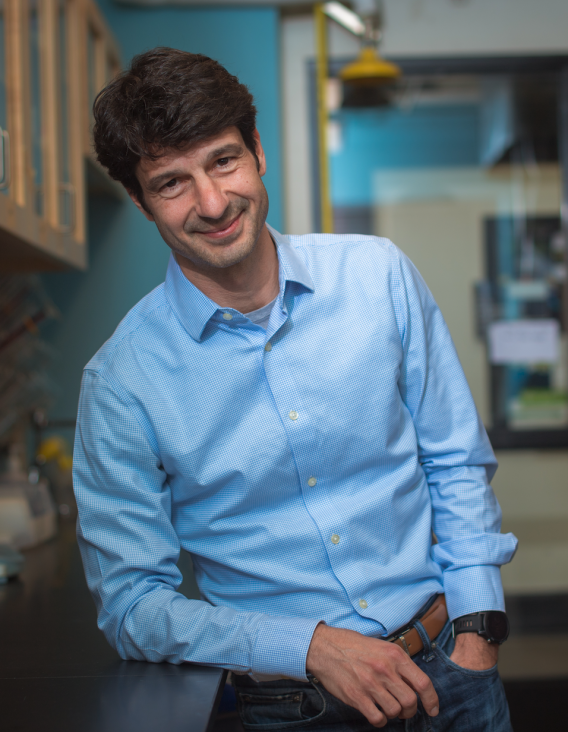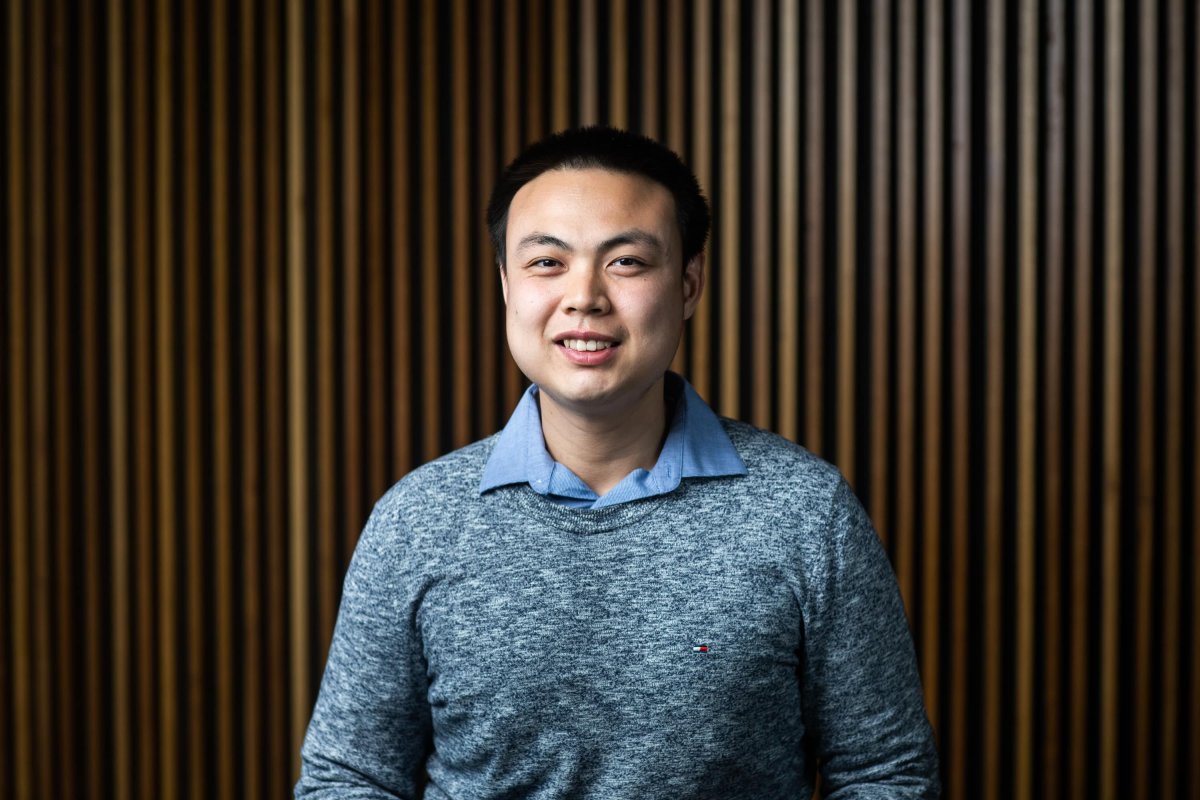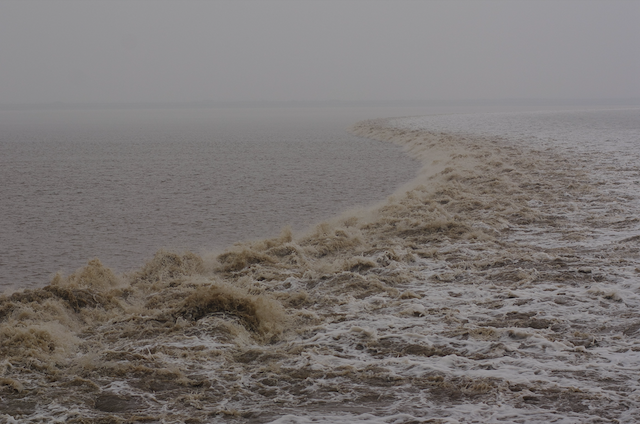The Lorenz G. Straub Award and InterPore’s Kimberly-Clark Distinguished Lecture
Read About the Lorenz G. Straub Award
The InterPore’s Kimberly-Clark Distinguished Lecture :
Fluids, Fingers, Fractures and Fractals: Patterns in Porous Media
Abstract: The displacement of one fluid by another in a porous medium gives rise to a rich variety of hydrodynamic instabilities. Beyond their scientific value as fascinating models of pattern formation, unstable porous-media flows are essential to understanding many natural and man-made processes, including water infiltration in the vadose zone, carbon dioxide injection and storage in deep saline aquifers, methane venting from organic-rich sediments, and fracturing from fluid injection. Here, we review a handful of these hydromechanical instabilities, elucidate the key physics at play, and point to modeling frameworks that permit quantitative assessments of their impact at the geologic scale.

About the speaker: Ruben Juanes is professor in Civil and Environmental Engineering, and Earth, Atmospheric and Planetary Sciences at MIT, where he has been since 2006. He is an expert in fluid flow through porous media and in geomechanics, and has applied his research to the fields of energy resources, carbon capture and storage, gas hydrates, water infiltration and soil irrigation, and induced seismicity. He holds an undergraduate degree from University of A Coruña (Spain) and graduate degrees from UC Berkeley, all in Civil and Environmental Engineering. He is a fellow of the American Geophysical Union and is the 2024 InterPore Kimberly-Clark Distinguished Lecturer.
Straub Award Recipient: Dr. Rui Shi, University of Queensland, Adjunct Lecturer in the School of Civil Engineering

Abstract: Breaking bores, characterized with large-scale coherent structures, air entrainment and energetic free-surface motion, are commonly observed in nature, such as tidal rise in estuaries, dam-break type flows and coastal waves approaching inshore. The present study presents a novel experimental way to quantify the turbulent flow properties, particularly in aerated regions of the breaking bores. Numerically, the bores were simulated using a computational fluid dynamic (CFD) approach, solving both air and water phases for impossible Naiver-Stokes equations. The results of breaking bores were compared against other quasi-steady air-water flows, such as hydraulic jumps, spilling breakers and swash zone flows, suggesting a similar bubble-turbulence interaction process among these large-scale surface water breakers.

About Rui (Ray) Shi: Ray grew up in north-east China before moving to Australia for his bachelor's degree in civil engineering at the University of Queensland (UQ). During his bachelor studies, Ray developed a strong interest into fluid mechanics, leading to the completion of his PhD in coastal and hydraulic engineering under the supervision of Prof. Hubert Chanson. His PhD thesis was focused on experimental and numerical investigations on free-surface air-water flows (breaking bores, hydraulic jumps, self-aerated spillway flow, etc). At the late stage of the PhD program, Ray worked as a consulting water resource engineer with WSP Brisbane office, specializing in numerical flood modelling for infrastructure and mining projects. In 2022, Ray was employed as a hydrologist with Rio Tinto Iron Ore, responsible for technical supports regarding surface water challenges for open-cut mining operations.
